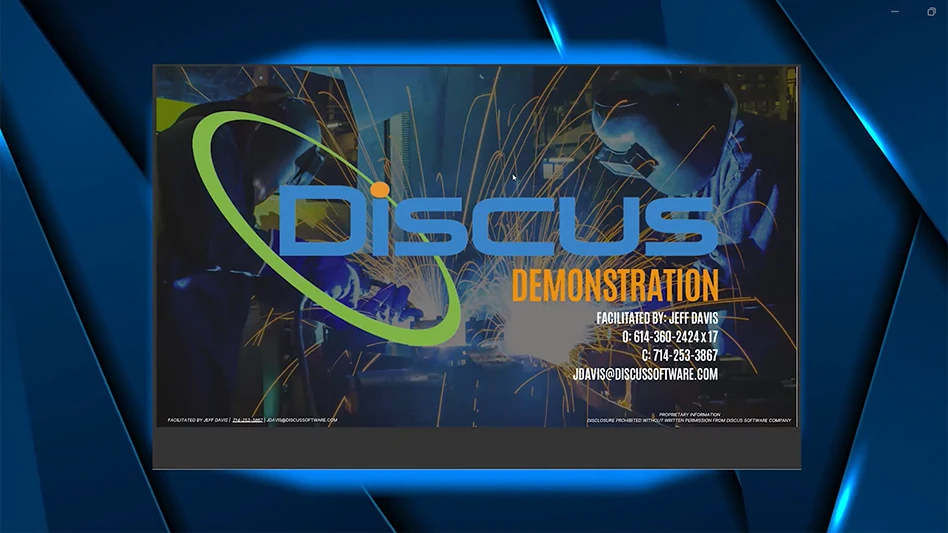 According to historical legend, the phrase laissez-faire stems from a meeting in about 1680 between the powerful French finance minister Jean-Baptiste Colbert and a group of French businessmen led by a Monsieur Le Gendre. When the eager minister asked how the French state could be of service to the merchants and help promote their commerce, Le Gendre replied simply “Laissez-nous faire” (Leave us be or literally – Let us do). Centuries later, now that most of the immoral business practices have been sorted out and deemed illegal, you would think the government could accept a more laissez-faire attitude. But no, the sentiment between government and business has not changed much. We still wish the government would let us be and let us do.
According to historical legend, the phrase laissez-faire stems from a meeting in about 1680 between the powerful French finance minister Jean-Baptiste Colbert and a group of French businessmen led by a Monsieur Le Gendre. When the eager minister asked how the French state could be of service to the merchants and help promote their commerce, Le Gendre replied simply “Laissez-nous faire” (Leave us be or literally – Let us do). Centuries later, now that most of the immoral business practices have been sorted out and deemed illegal, you would think the government could accept a more laissez-faire attitude. But no, the sentiment between government and business has not changed much. We still wish the government would let us be and let us do.
The government continues to get involved in the minutia of our daily operations. As such, many of us have concluded that our representatives do not understand how a manufacturing company operates today. Consider the depreciation schedule for capital equipment. Currently it depreciates over 12 years. That schedule simply does not match reality. The majority of the part programs in aerospace, automotive, and energy have a five-year life cycle. For example, the OEMS and/or top tier suppliers tool up and run the project. Then, five years later, the design team conveys that they do not require those parts any more.
Unfortunately, the equipment owner still has seven years of depreciation off the bottom line, one of several reasons why the large OEMs do not want to buy equipment any longer. The contracts often do not last the full 12 years.
Not only are the products changing more rapidly, but the manufacturing technology to make those parts is evolving quickly. A 20 year-old machine in a shop today is practically an antique compared to the capabilities of newer machines and controls. To put it simply, the long depreciation schedule we currently have is not as practical as it was 20 years ago when products and the technology to make them did not change as quickly. Yes, companies do have the option to apply an accelerated depreciation, but at the end of seven years, there is a penalty to pay. It is ironic to note that a company can deduct a gas guzzling SUV in one year as long as it is for business purposes only. However, a company cannot depreciate the machine that makes that vehicle’s engine parts in one year.
A way around the depreciation issue is to lease, instead of purchasing equipment. Lease payments are considered an operating expense rather than a capital expense, avoiding the depreciation angle altogether. For instance, a company can lease a machine over a five year period. At the end of the five years, the company can opt to purchase the equipment at a premium price or return it to the leasing company. Many savvy companies take this route, but of course there are always downsides: the payback might include a high interest rate, it reduces profit margins, it can sabotage an ROI plan, and if the project extends beyond the leasing agreement, there is that premium to pay. I am picking up the foul scent of lobbyists looking out for the financial institutions, steering manufacturers into expensive leases. Here is my suggestion; Dear Washington: Reduce the capital expenditure depreciation schedule to five years.
Another disincentive to investing in capital equipment in the United States is our unstable corporate income tax table. We are business people, not psychics. Our customers simply cannot plan for the long term when they do not know if their taxes will be 40%, 30%, or 20% in five to 12 years. Gee, could that be a reason why companies are investing elsewhere where the taxes are more stable? This is another big clue that the government does not have a clue about how we function as manufacturers. Dear Washington: Give us an income tax figure that sticks for at least a decade. And here is another idea for you: Oftentimes these large capital investments of multiple cells, flexible manufacturing systems, and sophisticated assembly lines can take up to a year or longer to install, program, and test to become fully operational, productive, and efficient. It would be helpful if companies could reserve the tax liability until the system is operating, or accelerate the depreciation schedule without penalty.
 It seems to me the strategy today is if we can make the dollar worthless, the business will return. I do witness some of that. Many companies are bringing capital back into the United States because the dollar is weak. But, like a lot of things, it is a two-edged sword. The weak dollar also makes machine tools more expensive to purchase from Japan and Europe, which is where all of the highly sophisticated manufacturing technolog is built. That is hurting the core manufacturing competencies we have in the United States, which negatively affects not just our overall economy, but also our national security. The ultra high technology simply will not come into the United States if it is cost prohibitive. We see already that it is going to countries better suited to invest in and apply that technology such as Turkey, China, Brazil, and India. Statistics compiled by Oxford Economics Ltd. show that machine tool consumption in 2000 was 21.2% of the global consumption. In 2015 it is projected to be 5.3%. Conversely, in China, consumption was 11% in 2000 and is projected to be 47.6% in 2015.
It seems to me the strategy today is if we can make the dollar worthless, the business will return. I do witness some of that. Many companies are bringing capital back into the United States because the dollar is weak. But, like a lot of things, it is a two-edged sword. The weak dollar also makes machine tools more expensive to purchase from Japan and Europe, which is where all of the highly sophisticated manufacturing technolog is built. That is hurting the core manufacturing competencies we have in the United States, which negatively affects not just our overall economy, but also our national security. The ultra high technology simply will not come into the United States if it is cost prohibitive. We see already that it is going to countries better suited to invest in and apply that technology such as Turkey, China, Brazil, and India. Statistics compiled by Oxford Economics Ltd. show that machine tool consumption in 2000 was 21.2% of the global consumption. In 2015 it is projected to be 5.3%. Conversely, in China, consumption was 11% in 2000 and is projected to be 47.6% in 2015.
A similar scenario is applying to people as well. We are experiencing what I call a brain drain in this country. Young adults from other countries used to get educated here and remain here for the most part. That is changing. They are still getting their world-renowned college educations here, but we are not retaining them. Why? They depart because the opportunities are fewer (see above paragraph), and the permission process to remain is cumbersome if not almost impossible. While student visas allow graduates to stay in the United States and work for up to 18 months after earning a degree, obtaining a green card or H-1 work visa is difficult. A recent report by the Organization for Economic Co-operation and Development revealed that many countries around the world are easing immigration restrictions for highly skilled foreigners. The goal is to attract top talent from around the world to power domestic economies. Unfortunately, this trend toward looser regulation for well-educated immigrants has not reached the United States. Business leaders such as Bill Gates and Mayor Michael Bloomberg of New York have argued that keeping these workers out is counterproductive. Bloomberg likened the policy to “committing economic suicide.” Dear Washington: how about providing official approval for these students to stay for a decade and perhaps even provide low interest loans for them to start a business in a manufacturing, medical, computer technology, or scientific area?
To me, the interests of business and its government should not be so misaligned. I do not understand it. Dear Washington: Whose side are you on anyway? Laissez-faire, s’il vous plait!
Mitsui Seiki USA Inc.
Franklin Lakes, NJ
mitsuiseiki.com

Explore the January February 2012 Issue
Check out more from this issue and find your next story to read.
Latest from Aerospace Manufacturing and Design
- Beyond Aero refines its hydrogen-electric light jet
- Americase's advanced protective solutions
- Social media - what are your thoughts
- GE Aerospace secures Air Force engine contract
- Thomson Industries' online sizing and selection tool
- #53 - Manufacturing Matters - 2024 Leaders in Manufacturing Roundtable
- Join us for insights on one of the hottest topics in manufacturing!
- You can still register for March’s Manufacturing Lunch + Learn!








